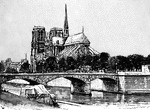
Colonne Juillet
"The Bastille, after its capture in 1789, was leveled to the ground, and its stones were used to build…

King's Bridge
"View at King's Bridge. This view is from the southwest side of the stream, from near the tide-mill.…

King's Bridge in 1860
The King's Bridge, erected in 1693 by Frederick Philipse a local Lord loyal to the British Monarch.…
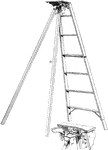
Folding Step Ladder
A ladder is an inclined set of steps, hinged in the middle to form an inverted V, with stays to keep…
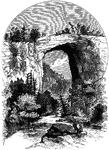
The Natural Bridge in Virginia
Natural Bridge in Rockbridge County, Virginia is a geological formation in which Cedar Creek has carved…
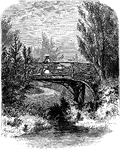
Lafayette Park
An view of Lafayette Park in St. Louis, Missouri. A woman walking across a small wooden bridge over…

Pons Aelius
"A bridge. As the rivers of Greece were small, and the use of the arch known to them only to a limited…
Pons Ariminum
"A bridge. As the rivers of Greece were small, and the use of the arch known to them only to a limited…
Pons Cestius
"A bridge. As the rivers of Greece were small, and the use of the arch known to them only to a limited…
Pons Trajan
"A bridge. As the rivers of Greece were small, and the use of the arch known to them only to a limited…
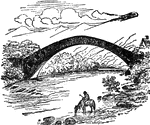
Pont-y-tu-Prydd
"The Pont-y-ru-Prydd goes over the River Taff near Newbridge. The arch measures 140 feet between the…
Ponte della Trinita
"The beautiful "Ponte della Trinita," erected at Florance in 1566 from the designs of Ammanati." —…

Pontoon bridge
"General Fremont's Division crossing the Pontoon Bridge over the Shenandoah River in pursuit of the…

Rappahannock Bridge
"Rebuilding of the railroad bridge over the Rappahannock to Fredericksburg, burnt by the Confederates…
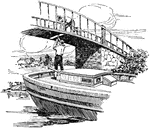
Shipping Remington Rifles
A man ships Remington rifles by boat, handing them off to a man on a bridge.
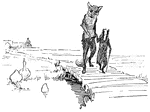
Reynard the Fox: Walking with Grimbard
Reynard the Fox and his nephew, Grimbard the badger, walk to court together. Reynard is tempted by the…
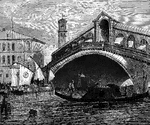
Rialto Bridge and Gondolas
Gondoliers maneuver their craft under the Rialto Bridge in Venice, Italy. The Rialto is the oldest of…

Rugeley's
"View at Rugeley's. This view is from the south side of the bridge. The counterfeit cannon was placed…
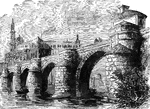
Saragossa
This illustration shows a bridge leading in to the town of Saragossa, Spain. Saragossa is a city famous…

A Collection of Spectacles
"A, spectacles with bows hinged to the shoulders on the rims connected by the nose or bridge. B, spectacles…
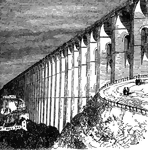
Viaduct of Chaumont
A railway bridge and three-story semicircular arch bridge built from 1855. The Viaduct of Chaumont is…
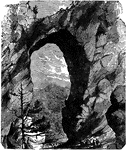
Natural Bridge in Virginia
" In Rockbridge County, Virginia, is to be found one of the greatest curiosities in the United States,…
Water Level
"a, a, a, represents the water-level of a pond or reservoir upon elevated ground. From this pond a line…
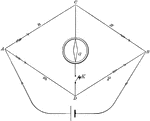
Wheatstone Bridge
"The Wheatstone bridge is used as a way to measure resistance of a unknown resitors." -Avery 1895
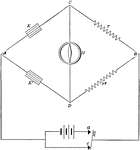
Wheatstone Bridge in Circuit
"The Wheatstone bridge is used as a way to measure resistance of a unknown resitors." -Avery 1895

Wheatstone Bridge with Resistors
"The Wheatstone bridge is used as a way to measure resistance of a unknown resitors." -Avery 1895

Wheatstones Bridge
"The best method for comparing resistances with great accuracy is the modification of Wheatstone's bridge…
